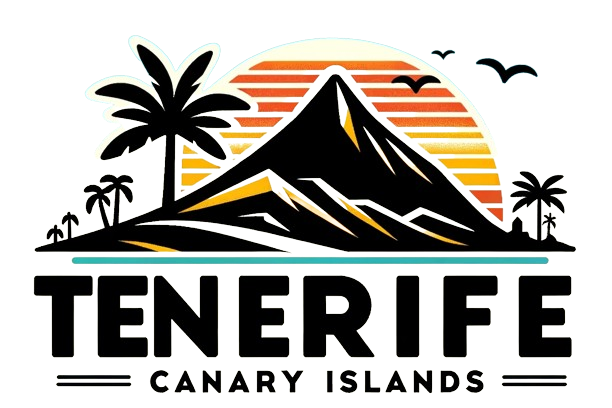Garachico: A Historic Gem on Tenerife’s Northern Shore
Garachico, a captivating village on the northern coast of Tenerife, is renowned for its rich history and stunning landscapes.
A Cultural Landmark
Garachico stands as a testament to time, with its historic center recognized as a Site of Cultural Interest (Bien de Interés Cultural). Visitors are drawn to its traditional architecture, cobbled streets, and the dramatic scenery shaped by volcanic activity. The village’s unique charm has not gone unnoticed, as National Geographic has frequently highlighted its cultural and scenic significance. In recognition of its artistic heritage, Garachico was awarded the Gold Medal for Merit in the Fine Arts in 1980.
Historical Significance and Economic Growth
The establishment of Garachico dates back to the 15th century, when Cristóbal de Ponte, a Genoese banker, founded the town. He recognized the potential of its natural bay, which allowed Garachico to flourish as Tenerife’s primary port. This strategic position facilitated the export of Malmsey wine and sugar cane to Europe and America, leading to economic prosperity. The wealth generated during this period is reflected in the numerous churches, convents, and palaces that still grace the town’s landscape. Notably, the Wine Riot of 1666 marked a significant moment in local history, representing one of the earliest forms of economic resistance in the Canary Islands against foreign trade monopolies.
The Volcanic Eruption That Altered the Landscape
On May 5, 1706, the Trevejo or Arenas Negras volcano erupted, unleashing lava flows for 58 consecutive days. This catastrophic event buried Garachico’s port, marking the end of its golden era as a commercial hub. However, the eruption also gave rise to one of the village’s most remarkable features: the natural pools of El Caletón. These pools, formed by the interaction of lava and ocean water, have become a popular coastal attraction, offering a unique leisure experience while preserving the geological history of the disaster.
Architectural Heritage and Community Life
Walking through Garachico is akin to traversing the pages of Tenerife’s history. The Plaza de la Libertad is home to several architectural landmarks, including a modernist kiosk, the Casa-Palacio of the Counts of La Gomera, and the parish church of Santa Ana, which dates back to 1520 and was rebuilt after the volcanic eruption. Inside the church, visitors can admire a 16th-century wooden sculpture of Christ of Mercy, crafted by artisans from Tarascan. The Casa de la Cultura, located in the former Franciscan convent of San Francisco, and the convent of the Immaculate Conception, known for its traditional baking practices, further enrich the cultural tapestry of the village.
Remnants of the Past and Modern Celebrations
The Parque de la Puerta de la Tierra features a stone arch that once marked the entrance to the now-defunct port, serving as a poignant reminder of Garachico’s illustrious past. The town commemorates its history every five years with the Lustral Festivals of Christ of Mercy, during which the Fires of the Risco recreate the volcanic eruption through spectacular fireball displays. Additionally, San Miguel Castle, constructed in 1577 to protect the port from pirate attacks, remains a significant landmark. This square tower, built from volcanic stone, has been transformed into a Heritage Information Centre, where visitors can learn about the local history through informative panels and models.
Garachico in the Present Day
Today, Garachico exemplifies resilience, showcasing how a community can rise from adversity and transform challenges into beauty. Its historic center, natural pools, and scenic views make it a must-visit destination for those exploring northern Tenerife. As highlighted by National Geographic, few villages in the Canary Islands can offer such a rich combination of heritage, nature, and volcanic history within such a compact area. Garachico is not merely a place to visit; it embodies a narrative of endurance and cultural identity shaped by both time and nature.
Key points
- Garachico is located on the northern coast of Tenerife and is recognized as a Site of Cultural Interest.
- The village was founded in the 15th century by Cristóbal de Ponte, becoming Tenerife’s main port.
- The 1706 eruption of the Trevejo volcano buried Garachico’s port, ending its commercial prominence.
- El Caletón’s natural pools were formed from the volcanic eruption and are now a popular attraction.
- Garachico features significant historical architecture, including the parish church of Santa Ana and San Miguel Castle.
- The town hosts the Lustral Festivals of Christ of Mercy every five years to commemorate its history.
